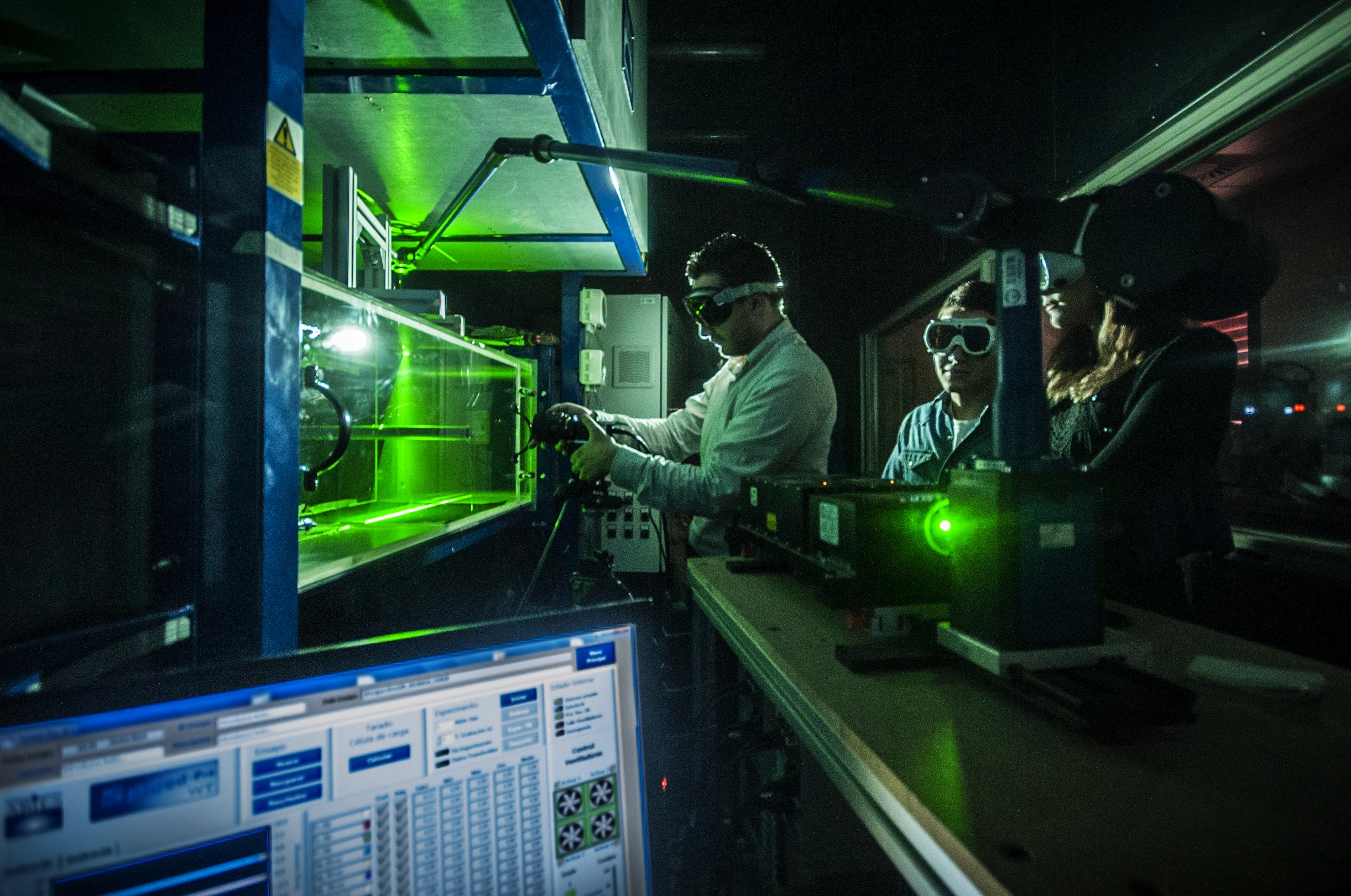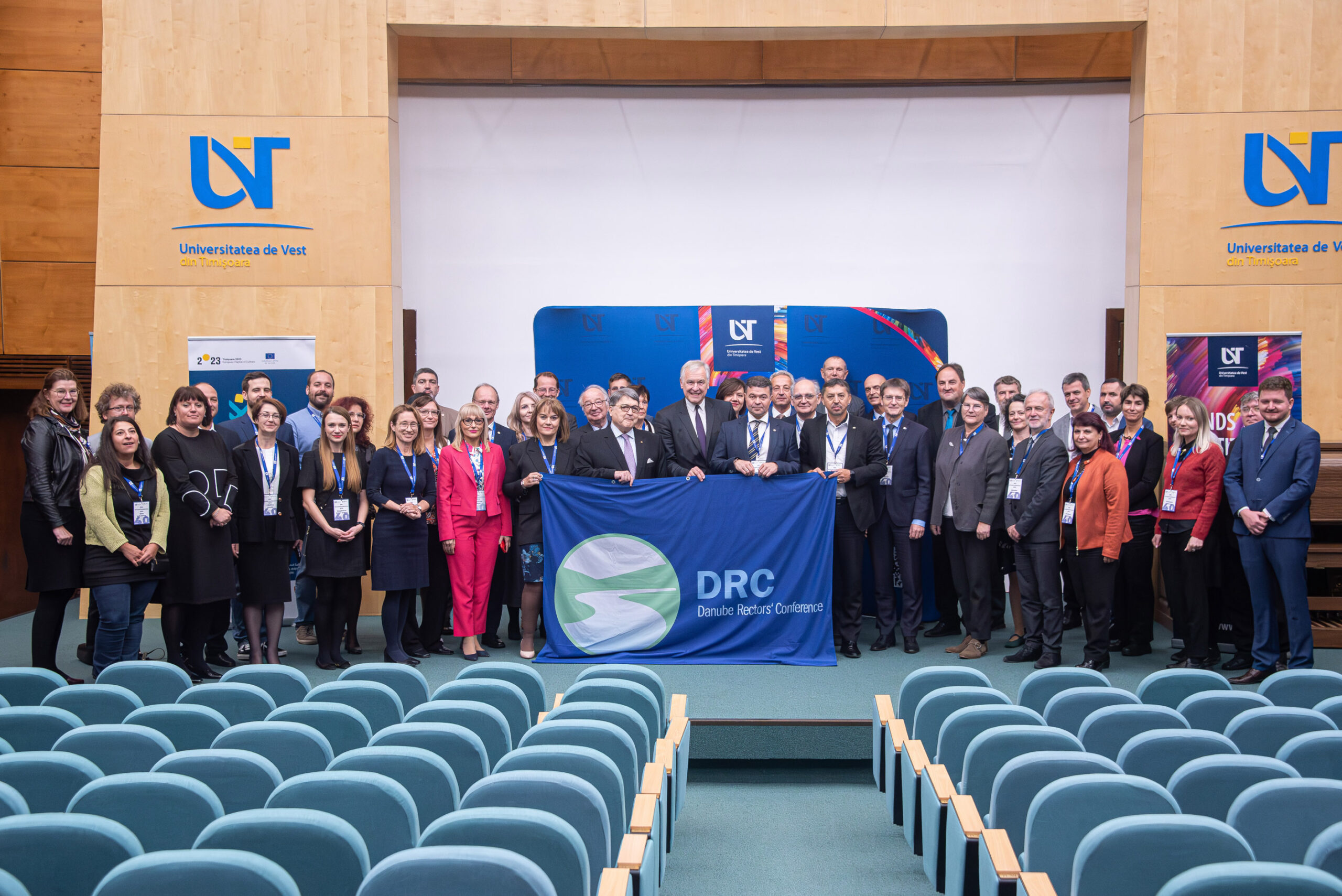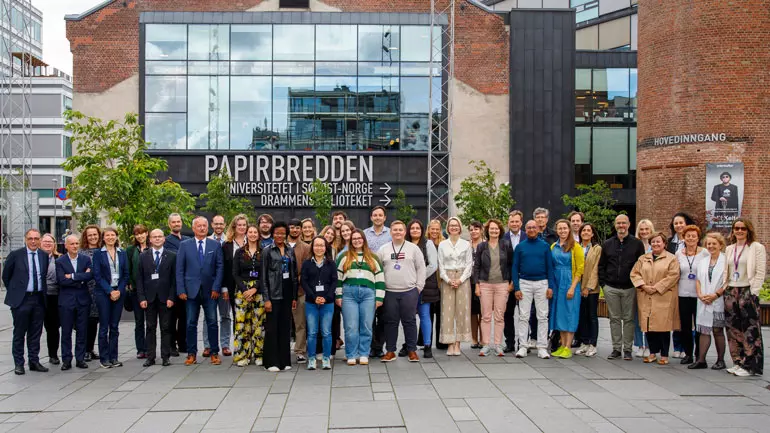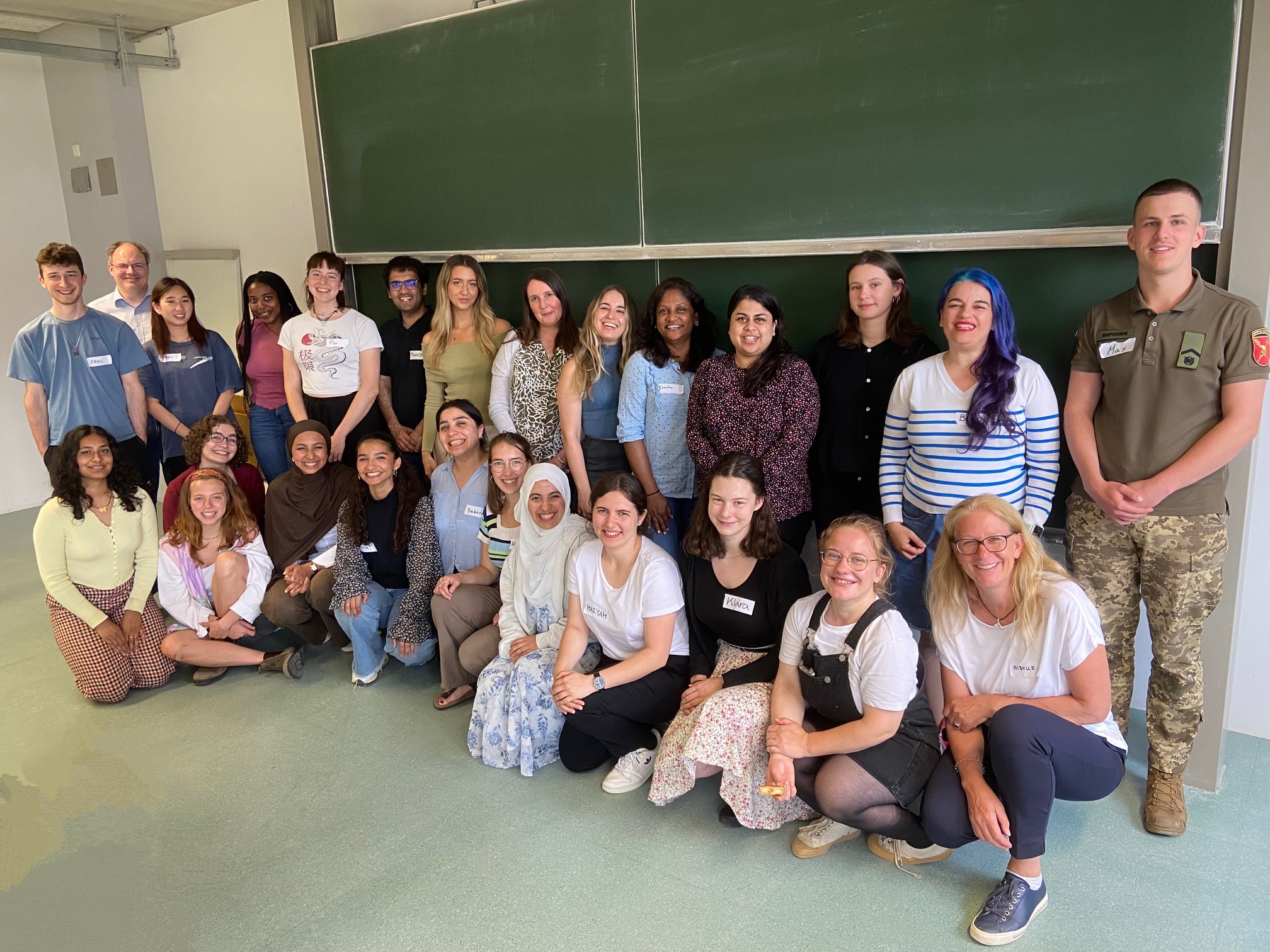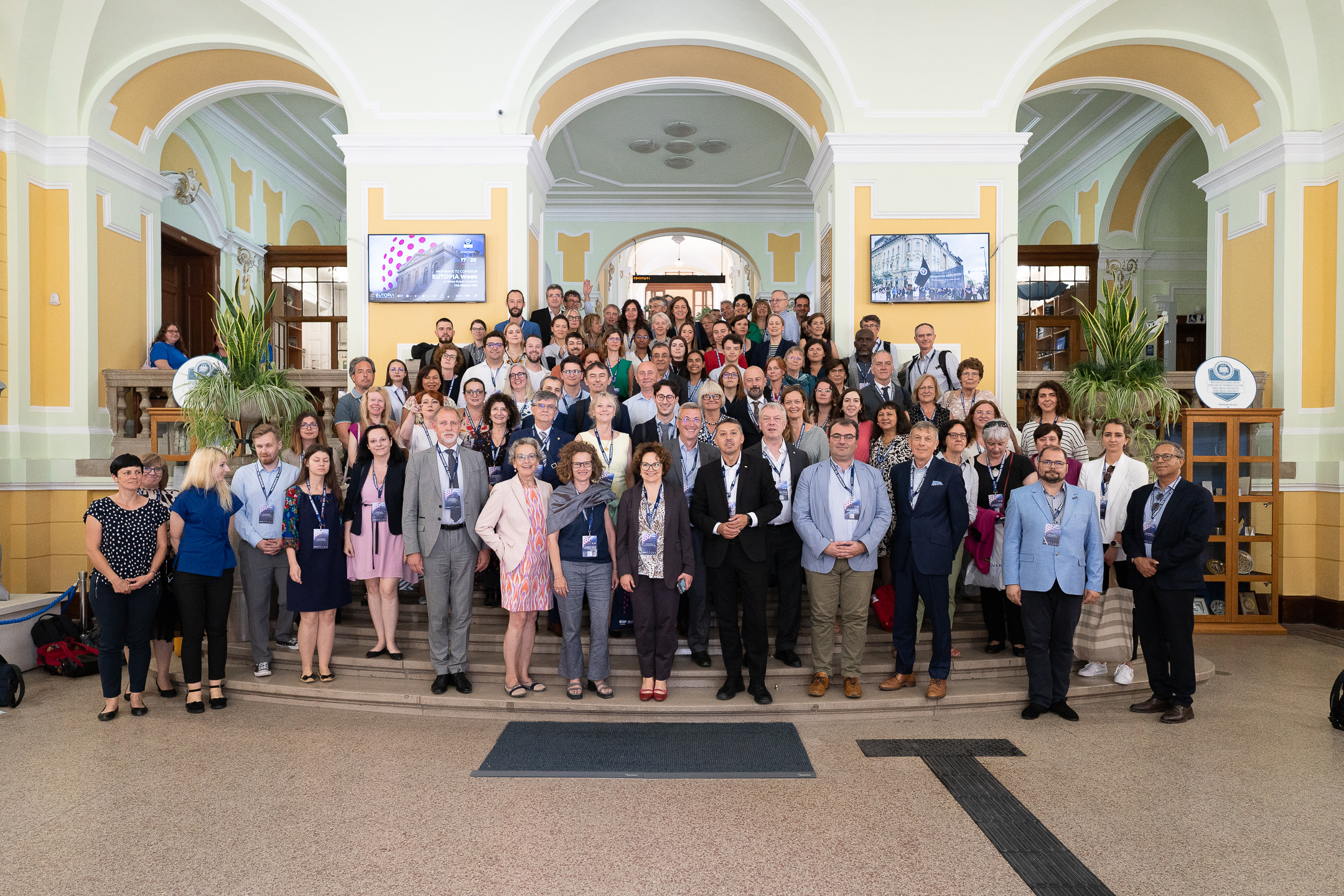Developing new ways to measure turbulent flows that are more efficient and reliable is the main objective of the NEXTFLOW research project at the Universidad Carlos III de Madrid (UC3M), funded by an ERC Starting Grant from the European Union. These techniques, which use new developments in artificial intelligence and data mining, can be used to improve the aerodynamics of means of transport and reduce their environmental impact.
One of the current challenges that aerodynamics faces is improving techniques for characterising and controlling the behaviour of turbulent flows (the fluid motion that occurs around an airplane wing, for example). “They are chaotic, with complex dynamics which makes it difficult to understand their behaviour completely using the techniques currently available to us,” explains the NEXTFLOW project coordinator, Stefano Discetti, from the UC3M’s Department of Bioengineering and Aerospace Engineering.
Optimising strategies to measure turbulent flows is a key element in today’s industry due to the critical role that turbulence plays in many industrial applications. In this regard, obtaining more precise information about its dynamics would allow us to use it in real-life contexts, such as in the transport sector. Turbulent flows affect the forces opposing the movement of all types of vehicles, for example, such as cars, airplanes or ships, so understanding them better can help improve their performance and reduce their impact on the environment, the researchers note.
For the time being, techniques for measuring turbulent flow in experiments only provide “a partial description of their velocity, temperature, or pressure,” states Stefano Discetti. This new ERC project’s objective is to use artificial intelligence and data mining techniques to develop a new generation of measuring tools so that a more complete description of their dynamic behaviour can be obtained, and then having more information on how to control them.
One of the methods being used is volumetric particle image velocimetry, which makes it possible to obtain a 3D reconstruction of the movement of a fluid following the motion of particles, made visible by a laser light. Within the framework of this research, scientists hope to use data provided by high sampling-frequency point probes to complement the 3D description with dynamics in time. In addition to this, algorithms based on artificial intelligence will be developed to improve the accuracy of particle image velocimetry technique. In a recent work published by these UC3M researchers in the Experimental Thermal and Fluid Science journal, they presented a novel approach based on data mining to achieve this goal.
Cover picture: Wind tunnel experiment using particle image velocimetry technique. Credit: UC3M

